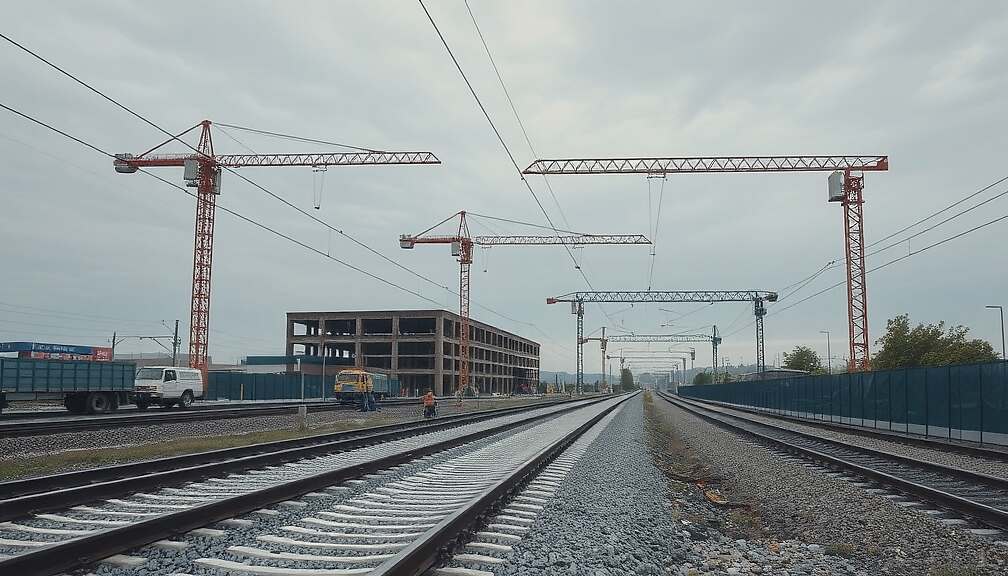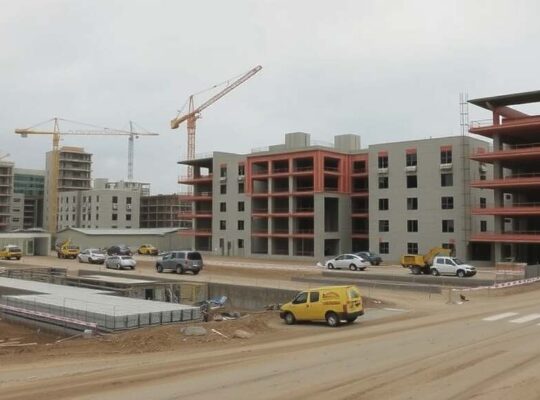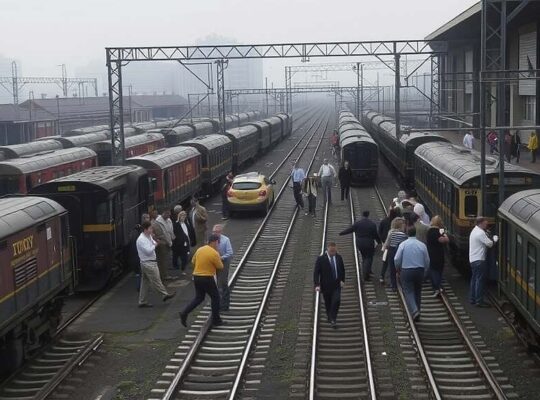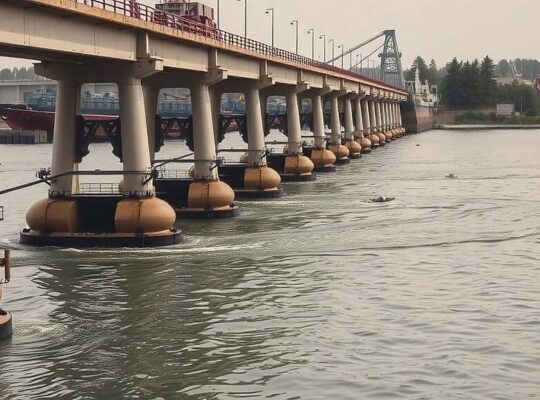A stark disparity has emerged in Germany’s infrastructure development, with the rail network lagging far behind the expansion of the road system, prompting criticism from industry experts. According to an analysis by the German Freight Railway Association (Die Güterbahnen), just 44 kilometers of new rail lines are projected to be operational this year, a figure dwarfed by the anticipated 9,000 kilometers of newly constructed roads.
Peter Westenberger, Managing Director of the Association of Private Freight Railways, voiced his disappointment, stating that successive federal governments have repeatedly promised rail infrastructure improvements while consistently prioritizing road construction. “For decades, federal governments have promised the expansion of the rail network – and delivered concrete for the road” he remarked. This imbalance, coupled with the aging existing network, is directly contributing to the current quality issues plaguing German rail transport.
The 44 kilometers of new track are dispersed across four separate projects. Notably, a 17-kilometer section of the Dresden railway line, linking Berlin-Südkreuz with Blankenfelde, was completed, aiming to accelerate travel to Dresden and the airport. Further sections of 10 kilometers were built between Zeithain and Leckwitz in Saxony, 11 kilometers between Eggolsheim and Strullendorf in Bavaria and 6 kilometers between Mühlheim and Schliengen in Baden-Württemberg.
The current situation stands in sharp contrast to promises made in 2016 by then-Federal Minister of Transport Alexander Dobrindt (CSU), who projected the construction of 3,121.5 kilometers of “priority need” rail lines by 2030. To date, only 540.5 kilometers of additional rail lines have been added, a fraction of the initially declared ambitious goal. The Association acknowledges that some of this figure represents modernization efforts, such as electrification of existing lines, but emphasizes the significant shortfall in new construction.
The discrepancy highlights a fundamental policy debate concerning Germany’s transportation strategy and raises questions about the prioritization of road transport over rail, particularly in light of mounting pressure to reduce carbon emissions and transition to more sustainable modes of transport. Critics argue that the continued neglect of the rail network undermines Germany’s long-term economic and environmental goals and necessitate a decisive shift in investment priorities toward sustainable infrastructural development.












